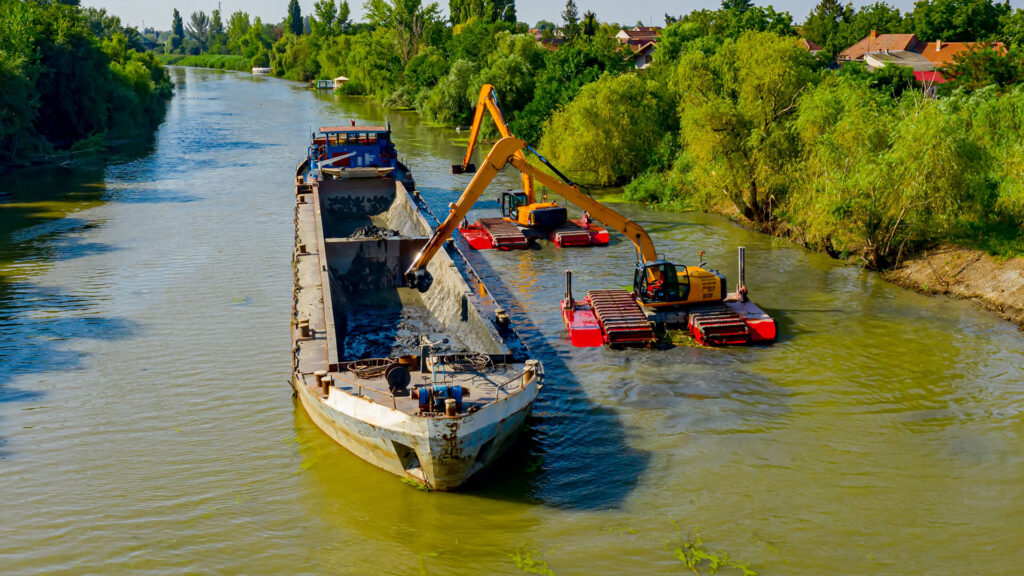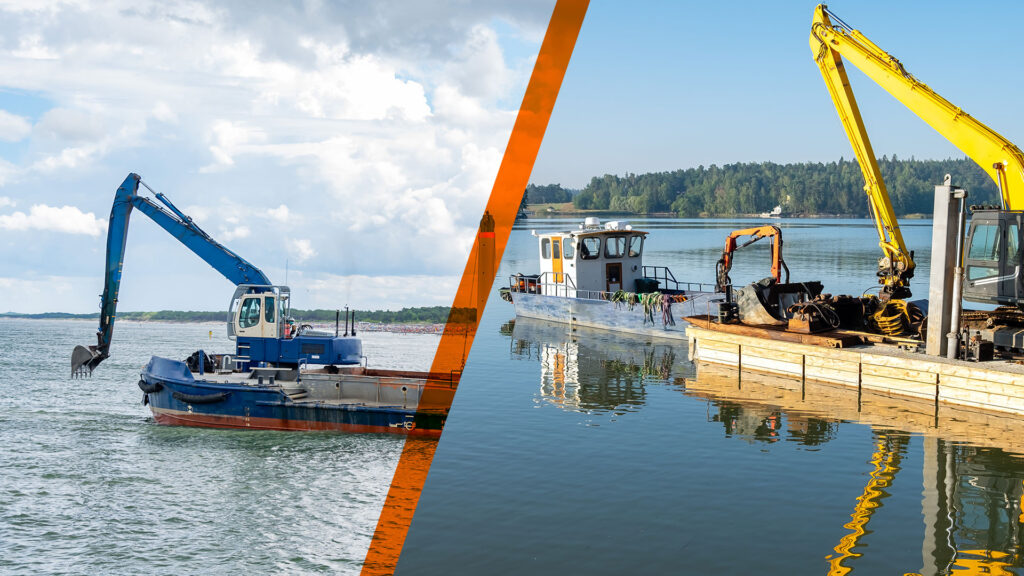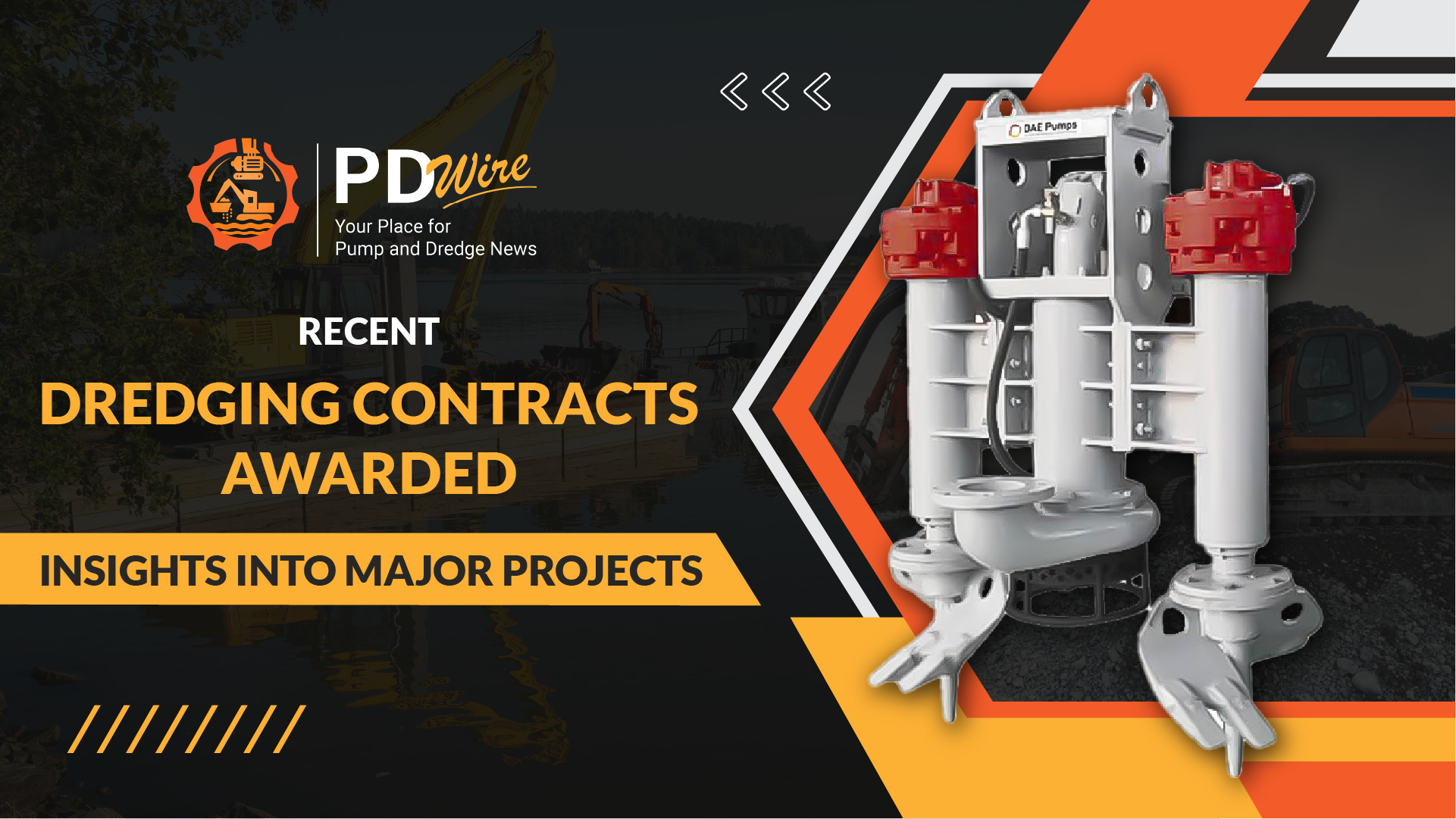The Role of Dredging in Modern Infrastructure Development
Dredging plays a crucial role in modern infrastructure development, especially in maritime and coastal projects. The awarding of dredging contracts not only marks significant milestones for regional development but also reflects broader trends in the industry. Recent government dredging initiatives have been shaped by factors such as sustainability, technological advancements, and the need for coastal resilience. Understanding these contracts provides insights into the current state of the dredging industry, including public dredging projects and their future direction.
Dredging plays a crucial role in sustaining and enhancing infrastructure vital for global trade and economic development. It facilitates the deepening of ports to accommodate larger ships, restores eroded coastlines and improves the navigability of inland waterways. Through the removal of accumulated sediments and maintenance of proper water depths, public sector dredging initiatives ensure that shipping lanes remain open and cargo transport runs smoothly, making them essential to the global economy. Additionally, the dredging contracts awarded for these projects contribute significantly to flood prevention and shoreline stabilization, helping to mitigate the effects of rising sea levels and storm surges on vulnerable coastal communities.
Notable Recent Dredging Contracts Awarded

In the past year, several significant dredging contracts awarded globally have highlighted the industry’s importance in infrastructure development. Leading companies such as Van Oord, Boskalis, Jan De Nul, and DEME have secured substantial projects, showcasing their expertise and capability in handling large-scale operations. These contracts often involve a mix of port expansions, coastal protection, inland waterway maintenance, and environmental restoration, reflecting a comprehensive approach to waterway management and development. Government-funded dredging initiatives have also played a pivotal role in these projects, with governments allocating substantial budgets to ensure the success of essential infrastructure upgrades.
Detailed Insights Into Major Dredging Projects
Port Expansion Projects
A prominent example of a port expansion project is the ongoing deepening of the Port of Rotterdam. The dredging contracts awarded for this initiative aim to expand the port’s capacity, allowing it to accommodate larger vessels and bolster its position as a leading global shipping hub. The project entails deepening the port’s access channels and basins, with a multi-year timeline set for completion. The expected outcomes include higher trade volumes, regional economic growth, and improved logistical efficiency, solidifying the port’s strategic importance to the Netherlands. Such publicly funded dredging efforts are crucial for maintaining the competitiveness of ports in the global trade network.
Coastal Protection Initiatives
A recent coastal protection initiative involves a dredging contract awarded for beach nourishment along the Dutch coastline. Led by a consortium headed by Boskalis, the project aims to strengthen the shoreline by replenishing sand that has been lost due to erosion. This dredging effort will play a key role in safeguarding coastal communities against flooding and the impacts of rising sea levels while also helping to preserve local ecosystems. Such projects, frequently backed by government-funded dredging programs, are essential for addressing the challenges posed by climate change and ensuring the long-term resilience of coastal areas.
Inland Waterway Maintenance
Maintenance dredging projects are essential for keeping major inland waterways navigable. For instance, a recent contract was awarded to dredge sections of the Mississippi River in the United States. This public dredging project aims to remove sediment buildups that hinder shipping traffic, ensuring a steady flow of goods along the river. Inland waterway dredging not only supports local industries but also plays a vital role in maintaining the economic connectivity between different regions. The dredging contracts awarded for such projects reflect their importance in preserving the functionality of crucial waterway infrastructure.
Environmental Dredging and Restoration Projects
Environmental dredging projects are dedicated to removing contaminated sediments from waterways to restore ecological health. A recent example is the dredging of the Gowanus Canal in New York, where dredging contracts awarded aim to eliminate toxic sediments, reduce pollution, and enhance water quality. This project not only meets regulatory standards but also serves as a crucial component of a larger urban renewal initiative to rehabilitate the area. Such publicly funded dredging efforts highlight the industry’s commitment to balancing infrastructure development with the preservation of natural ecosystems and ecological sustainability.
Trends in Recent Dredging Contracts
Increasing Focus on Sustainability
There is a growing emphasis on sustainability in dredging contracts awarded, with companies adopting environmentally sensitive practices. Techniques such as minimizing turbidity, using biodegradable hydraulic fluids, and implementing nature-based solutions are increasingly common in project specifications. These measures not only reduce environmental impact but also align with global sustainability goals, often required in Government-funded dredging initiatives.
Use of Advanced Dredging Technology
Technological advancements are shaping modern dredging operations, making them more efficient and precise. Automated dredging equipment and real-time monitoring systems allow for greater accuracy in sediment removal and help companies meet project timelines more effectively. The use of these technologies is becoming a standard expectation in major dredging contracts awarded, enabling the industry to address complex challenges with greater confidence.
Growing Demand for Coastal Resilience Projects
With the increasing impacts of climate change on coastal areas, there has been a surge in dredging contracts awarded for projects focused on coastal resilience. These initiatives, aimed at reinforcing shorelines, defending against storm surges, and preventing erosion, have become top priorities for both governments and private organizations. The dredging industry plays a vital role in executing these efforts, offering solutions that bolster coastal defenses and adapt to evolving environmental challenges. In particular, recent government dredging efforts are driving progress in this field, as public funding supports large-scale projects dedicated to enhancing the resilience of vulnerable coastal regions.

Challenges Faced by Dredging Companies in Fulfilling Major Contracts
Despite progress in the field, dredging companies still face considerable challenges in fulfilling major dredging contracts awarded. Issues such as equipment wear and tear, strict environmental regulations, and logistical hurdles at project sites can create significant obstacles. Urban dredging, for instance, often requires navigating access restrictions while minimizing disruption to surrounding communities. To overcome these difficulties, companies are adopting innovative solutions, including specialized equipment, improved project planning, and close collaboration with local stakeholders. Additionally, many publicly funded dredging efforts come with stringent environmental standards, adding another layer of complexity to successful contract execution.
What These Contracts Mean for the Future of the Dredging Industry
The awarding of recent dredging contracts indicates a promising future for the industry. The focus on sustainability and resilience suggests that the demand for dredging services will continue to grow, especially in regions vulnerable to climate change. Additionally, the integration of advanced technology is likely to lead to more efficient project execution, opening up opportunities for smaller companies and subcontractors to participate in large-scale public dredging projects. As market dynamics shift, companies that prioritize innovation and sustainability will be well-positioned to thrive.
Conclusion
The recent wave of dredging contracts awarded highlights the industry’s pivotal role in modern infrastructure development and environmental protection. From port expansions to coastal resilience projects, these contracts are shaping the future of waterways and coastal areas worldwide. As the industry continues to evolve, stakeholders can expect further advancements in technology and sustainability, driving more efficient and impactful dredging operations.
